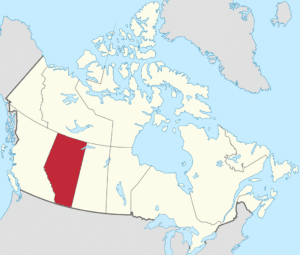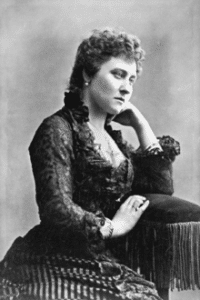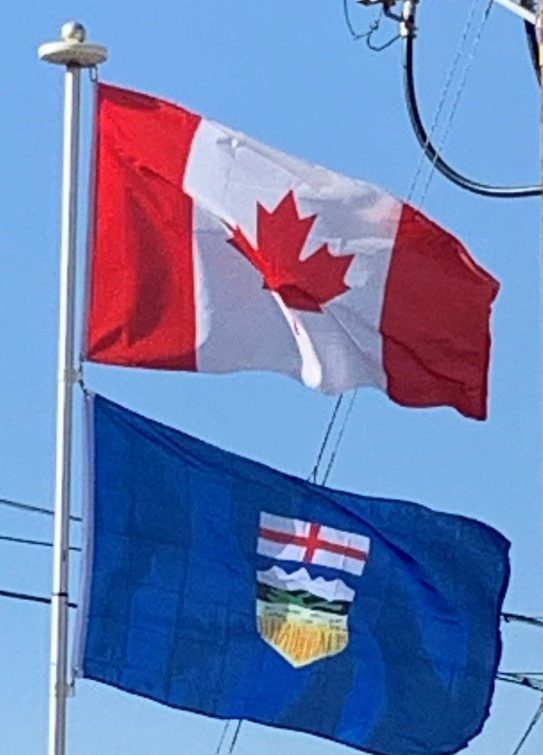Introduction:
Alberta is a province of Canada. With an estimated population of 4,067,175 as of 2016 census, it is Canada’s fourth most populous province and the most populous of Canada’s three prairie provinces. Its area is about 250,000 square miles. Alberta and its neighbor Saskatchewan were districts of the Northwest Territories until they were established as provinces on September 1, 1905. The premier is Jason Kenney as of April 30, 2019.
Alberta is bordered by the provinces of British Columbia to the west and Saskatchewan to the east, the Northwest Territories to the north, and the U.S. state of Montana to the south. Alberta is one of three Canadian provinces and territories to border only a single U.S. state and one of only two landlocked provinces. It has a predominantly humid continental climate, with stark contrasts over a year; but seasonal temperature average swings are smaller than in areas further east, due to winters being warmed by occasional chinook winds bringing sudden warming.

Alberta’s capital, Edmonton, is near the geographic center of the province and is the primary supply and service hub for Canada’s crude oil, the Athabasca oil sands and other northern resource industries.
About 180 miles south of the capital is Calgary, the largest city in Alberta. Calgary and Edmonton center Alberta’s two census metropolitan areas, both of which have populations exceeding one million, while the province has 16 census agglomerations.
Tourist destinations in the province include Banff, Canmore, Drumheller, Jasper, Sylvan Lake and Lake Louise.
Etymology:
Alberta is named after Princess Louise Caroline Alberta (1848–1939), the fourth daughter of Queen Victoria. Princess Louise was the wife of John Campbell, Marquess of Lorne, Governor General of Canada (1878–83). Lake Louise and Mount Alberta were also named in her honor.

History:
Paleo-Indians arrived in Alberta at least 10,000 years ago, toward the end of the last ice age. They are thought to have migrated from Siberia to Alaska on a land bridge across the Bering Strait and then possibly moved down the east side of the Rocky Mountains through Alberta to settle the Americas. Others may have migrated down the coast of British Columbia and then moved inland. Over time they differentiated into various First Nations peoples, including the Plains Indian tribes of southern Alberta such as those of the Blackfoot Confederacy and the Plains Cree, who generally lived by hunting buffalo, and the more northerly tribes such as the Woodland Cree and Chipewyan who hunted, trapped, and fished for a living.
After the British arrival in Canada, approximately half of the province of Alberta, south of the Athabasca River drainage, became part of Rupert’s Land which consisted of all land drained by rivers flowing into Hudson Bay. This area was granted by Charles II of England to the Hudson’s Bay Company (HBC) in 1670, and rival fur trading companies were not allowed to trade in it. After the arrival of French Canadians in the west around 1731, they settled near fur trading posts, establishing communities such as Lac La Biche and Bonnyville. Fort La Jonquière was established near what is now Calgary in 1752.
